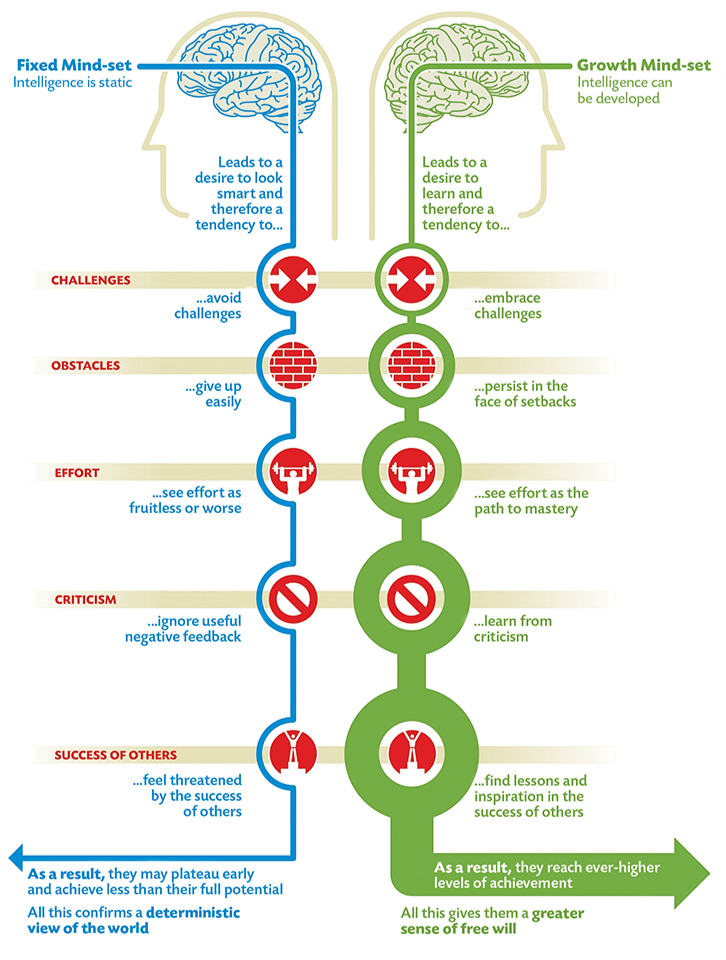Boundaries and Burnout
- carolinetoop0
- Jan 25
- 2 min read
Last week I attended a course as part of my physiotherapy clinic staff retreat. This course, entitled “Happy Human Physio” (2025) was created and delivered by Anniken Chadwick. Anniken is a practicing physiotherapist, clinic owner, and has training in clinical counseling. This course was geared towards physiotherapists experiencing burnout, which is extremely common in physiotherapy as well as many other healthcare professions. Part of the course focused on recognizing dysfunctional boundary relationships with our clients, and examining how this could negatively impact both the clinician and the patient.
Although this course was created for physiotherapists, I could easily see the parallels that could be drawn with teacher and student relationships. Just as in clinical settings, we may find ourselves in situations with students where boundaries are ill-defined and dysfunctional. For example, we may go into a more “people pleasing” mode with students, suppressing our own thoughts and convictions on how a course should be run. This could be done with great intentions of having learning be self-directed and promoting student autonomy, but could ultimately undermine the quality of student learning and reduce our credibility with students. In another example, we may go more into a “fixer” role, creating overly prescriptive curriculum and assignments, believing this is in our students best interest. This could create a lack of independence and decrease self-directedness in students.
Reflecting on these facets of how we relate to our students and building appropriate boundaries is key for career longevity in physiotherapy as well as teaching. Ultimately this will help us to reduce burnout as teachers and improve students' learning experience.
Chadwick, A. (2025, January 17). Happy Human Physio. Footbridge Physiotherapy Annual Retreat, Vancouver, British Columbia, Canada.





Comments